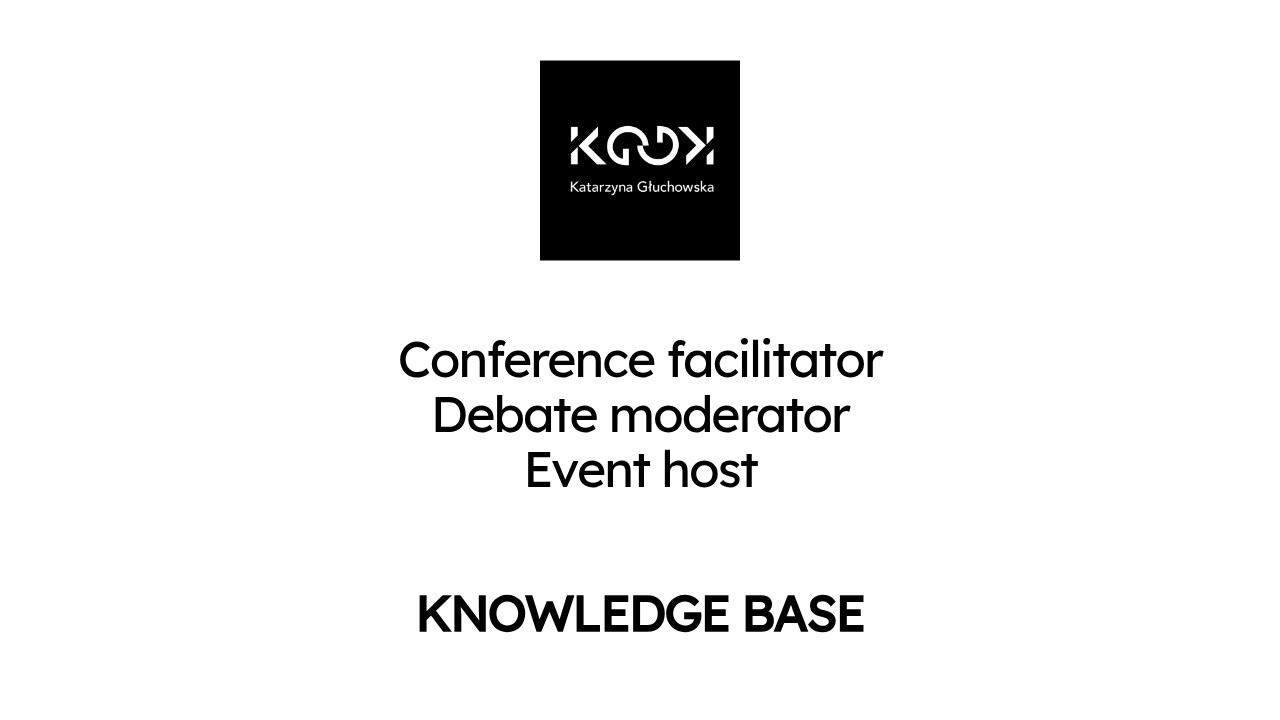Table of contents:
The importance and role of interpreting equipment in international business
In the world of global business, where companies operate across continents, communicating information accurately is crucial to success. In this context, translation equipment at foreign-language business events plays a decisive role. Reliable conference interpreting systems allow content to be conveyed smoothly and accurately, which is fundamental for effective communication and negotiations.
High-quality interpreting equipment ensures that all parties to a meeting, regardless of their native language, have equal access to information. It is not only about having the right tools but also about guaranteeing that the interpretation is accurate and instantaneous. The use of professional sound systems, interpreter booths and modern receivers that provide crystal-clear audio is indispensable.
Professional technical support, such as that offered by Katarzyna Głuchowska, is another key element in delivering successful international events. Technicians make sure that every component works flawlessly and that any technical issues are resolved quickly and efficiently, minimising potential disruptions to the flow of communication.
In the context of moderating debates or emceeing events on the international stage, professionalism and experience in handling interpreting equipment are just as important as linguistic skills. Thanks to simultaneous interpreting, conference participants can focus on the content of the presentations without worrying about language barriers.
To sum up, investing in high-quality interpreting equipment and professional technical support is essential for any company that wishes to communicate effectively and grow internationally. It is the key to building international business relationships and managing multilingual projects efficiently.
How to choose and prepare interpreting equipment for international business events?
Selecting and preparing interpreting equipment for international business events is a key factor in ensuring smooth communication among participants. The equipment must be not only up-to-date but also properly tailored to the specifics of the event.
First, start by assessing the interpreting needs of the event. Decide whether you will need simultaneous or consecutive interpreting, which languages will be used and how many participants are expected. This information will help you choose the right interpreter booths and an adequate number of receivers for the audience.
Next, choose high-quality equipment from trusted suppliers. Look for systems that deliver excellent sound quality and are easy to operate for both interpreters and participants. Don’t forget to provide redundant systems to avoid any breakdowns during the event.
Apart from interpreting equipment, it is equally important to secure a suitable sound system. The system should be matched to the size of the room and the number of participants so that everyone can hear the interpretation as clearly as possible.
Finally, make sure that all equipment is professionally operated. Experienced technicians should be onsite throughout the event to manage the interpreting equipment and respond quickly to any technical issues.
Remember that thoroughly testing every component before the event starts can prevent many problems. Test sessions not only verify that the equipment works but also allow you to fine-tune all elements to create optimal conditions for both interpreters and listeners.
By following these guidelines, you can greatly contribute to the success of international business events, making communication seamless and professional.
An overview of technologies supporting simultaneous and consecutive interpreting
Today, conference interpreting relies not only on the linguistic skills of the interpreter but also on advanced interpreting equipment. For professionals involved in emceeing events and moderating debates, access to modern technological solutions is essential to ensure smooth and effective communication among participants speaking different languages.
Among the key technologies that support simultaneous and consecutive interpreting are professional sound systems and interpreter booths, which guarantee acoustic insulation, allowing interpreters to focus on the speaker’s voice without external distractions. Interpreters are also equipped with specialised headsets that deliver clear, uninterrupted sound, which is crucial when the highest precision is required.
Another important aspect is the use of translation-management software, which facilitates coordinating interpreters’ work, scheduling assignments and monitoring the quality of the output. This enables organisers not only to streamline the interpreting process but also to track its effectiveness in real time.
Modern translation equipment at foreign-language business events also includes speech-recognition and machine-translation systems that can provide a basic rendition whenever rapid comprehension is critical, for example during informal discussions or business networking.
At high-level events such as international congresses, the essence of interpreting is still the interpreter’s ability to adapt and remain flexible, reacting swiftly to dynamically changing contexts and unconventional language use—something that properly chosen equipment makes possible. Backed by the latest technology, conference interpreting can therefore be delivered at the highest standard, which is crucial for the efficient flow of information at foreign-language business events.
If you want to learn more, click here: https://katarzynagluchowska.pl/en/
